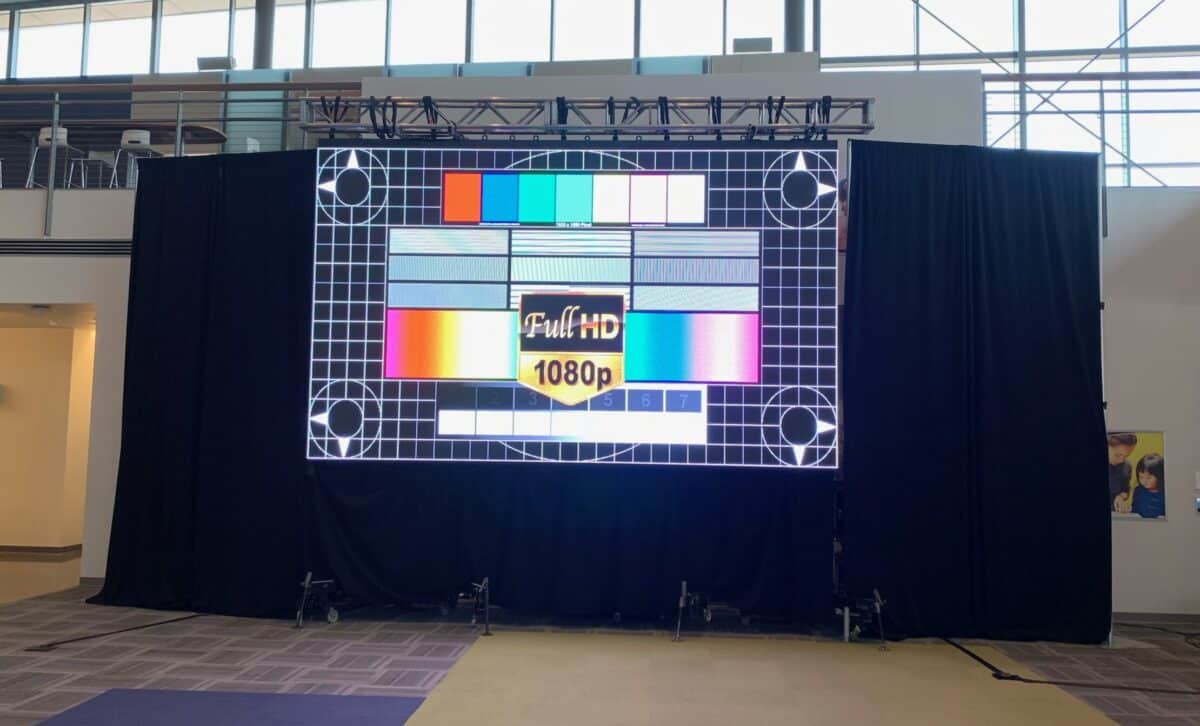Exploring the Diverse Integration Options Offered for LED Display Panels
Exploring the Diverse Integration Options Offered for LED Display Panels
Blog Article
LED display units have secured traction for their ability to deliver high-quality imagery in multiple settings, from corporate environments to event venues. One of the primary aspects of these systems is their connectivity capabilities, which allow users to connect them to different devices and systems. Understanding the diverse connectivity options available for Light Emitting Diode wall panels is essential for maximizing their use and effectiveness. This discussion details these features, showcasing how they can adapt to specific needs and preferences.
One frequent connection method for Light Emitting Diode wall panels is High-Definition Multimedia Interface. HDMI is broadly known for transmitting crisp video and audio streams between components. This connection type is particularly beneficial in business settings, such as conference rooms or training rooms, where visual content or video content are often shared. By using HDMI cables, operators can seamlessly link laptops, projectors, and streaming equipment to LED wall panels, ensuring a sharp and dynamic display of information.
Another popular interface method is Display Port, which is comparable to HDMI but offers additional benefits. Display Port can support higher refresh rates and resolutions, making it an excellent choice for interactive media or design-heavy applications. For those using LED wall panels in environments where output quality is essential, such as esports arenas or creative workspaces, DisplayPort can provide the necessary visual quality. Additionally, many contemporary computers and graphics cards include Display Port connections, making it a practical solution for tech-savvy users.
In contrast to High-Definition Multimedia Interface and DisplayPort, wireless connectivity methods are becoming progressively common in LED wall panel solutions. Wireless connections allow users to transmit content without the need for physical cables, promoting a streamlined and more adaptable configuration. Technologies such as Wi-Fi and Bluetooth enable users to link smartphones, tablets, and laptops directly to Luminescent Diode wall panels without cumbersome wires. This versatility is particularly advantageous in fast-paced environments like trade shows or events, where quick changes to displays are often needed.
For extensive deployments or more intricate configurations, LAN integration through Ethernet is another viable option. Ethernet connections provide a stable and robust way to integrate multiple Light Emitting Diode wall panels within a system. This approach is ideal for digital signage use cases found in retail centers or airports, where numerous panels may need to display synchronized content across a wide area. By using Ethernet cables and network switches, users can ensure visit page that all connected panels receive consistent updates and information efficiently.
Finally, it's crucial to evaluate the evolution of interface technology with advancements such as Universal Serial Bus-C and Thunderbolt Full Report Three. These next-generation interfaces offer enhanced data transfer rates and flexibility by allowing one cable to handle both energy transfer and data exchange. As more systems incorporate these protocols, Light Emitting Diode wall panels equipped with Type-C ports will likely become more prevalent. This shift in integration not only improves the capabilities of Luminescent Diode wall panels but also coincides with the emerging trend of minimalistic design in hardware arrangements by minimizing the number of wires required.
In summary, examining the broad connectivity options available for LED wall panels reveals many possibilities for operators across multiple fields. From traditional methods like HDMI and DisplayPort to modern cordless technologies and LAN setups, each pathway serves specific functions suited to distinct needs. Furthermore, next-gen technologies like USB-C promise further advancements in how users interact with LED wall panels. By grasping these integration alternatives, end-users can make informed decisions that enhance their overall experience with these versatile display tools.